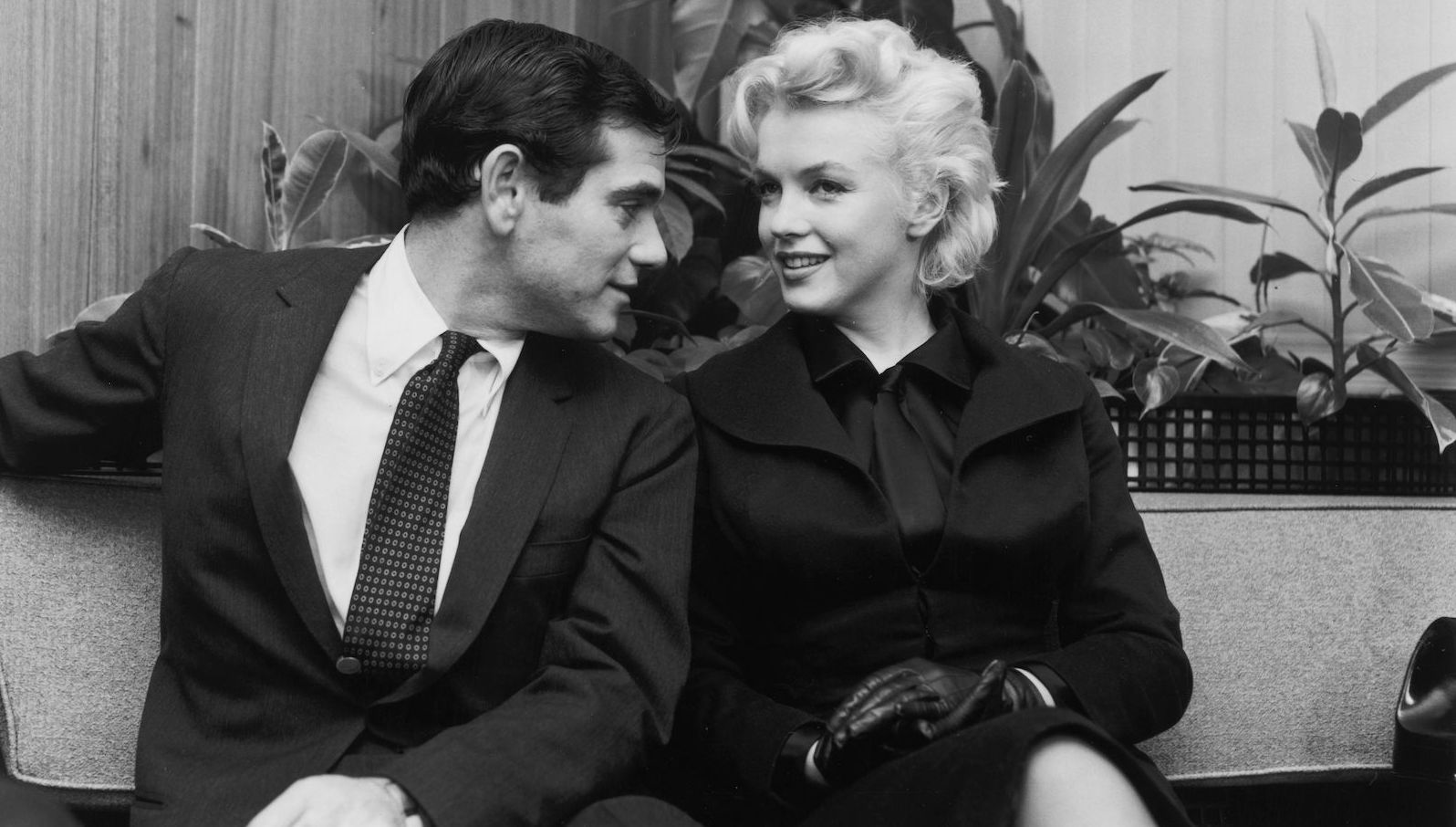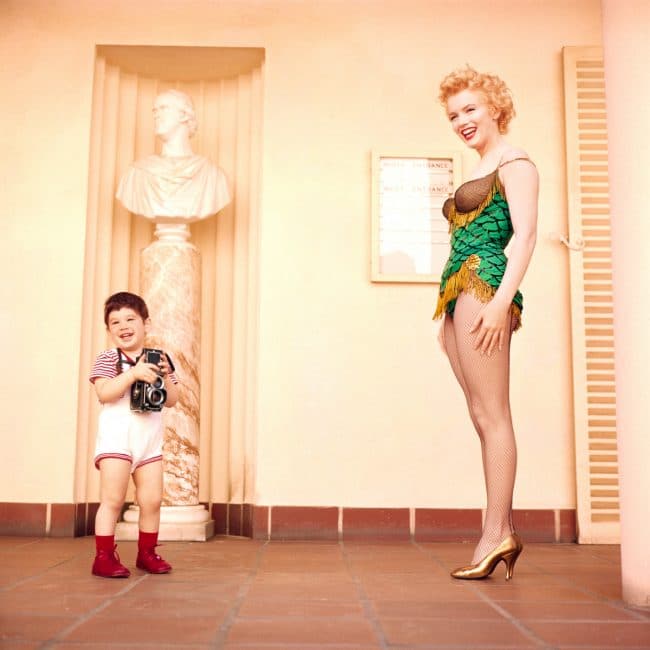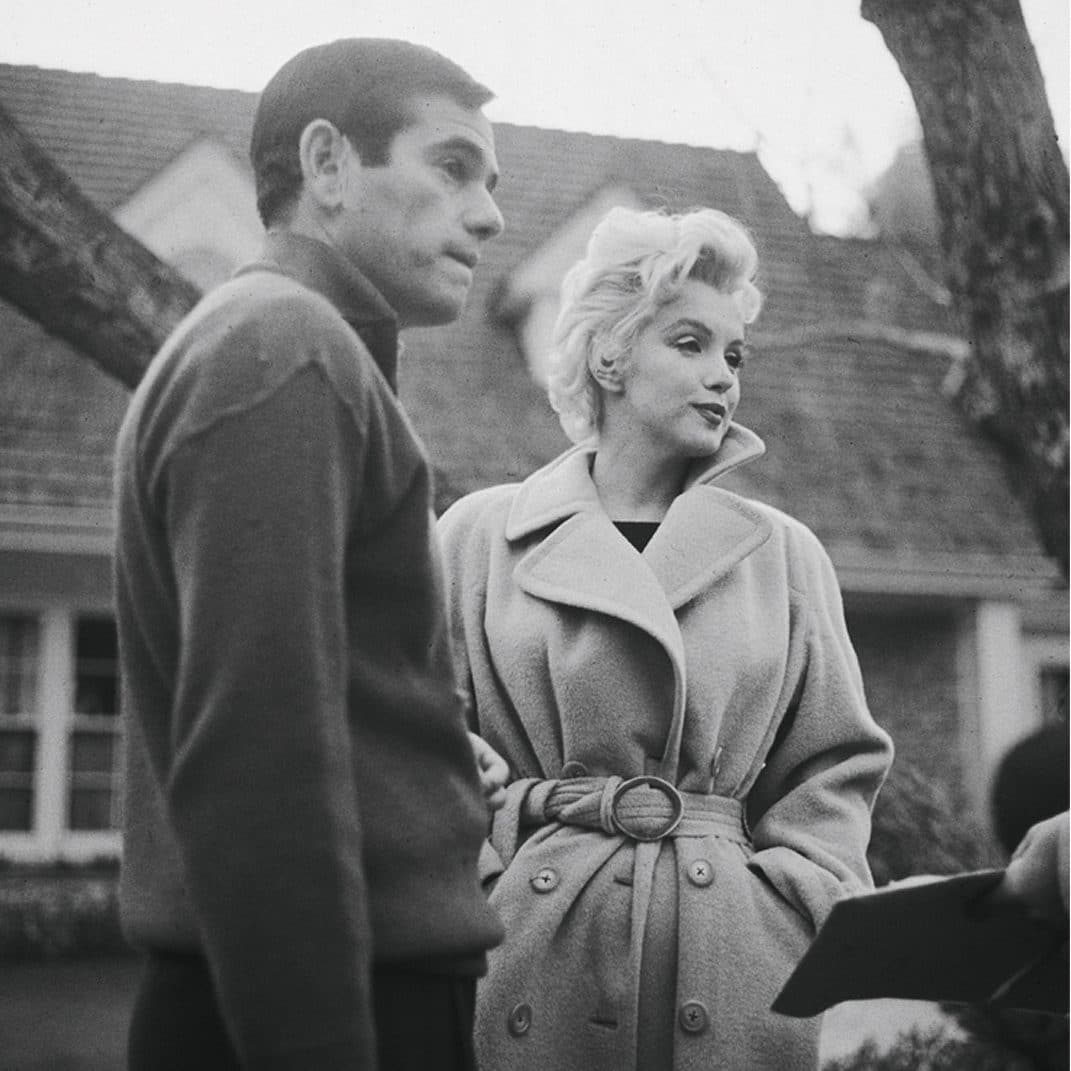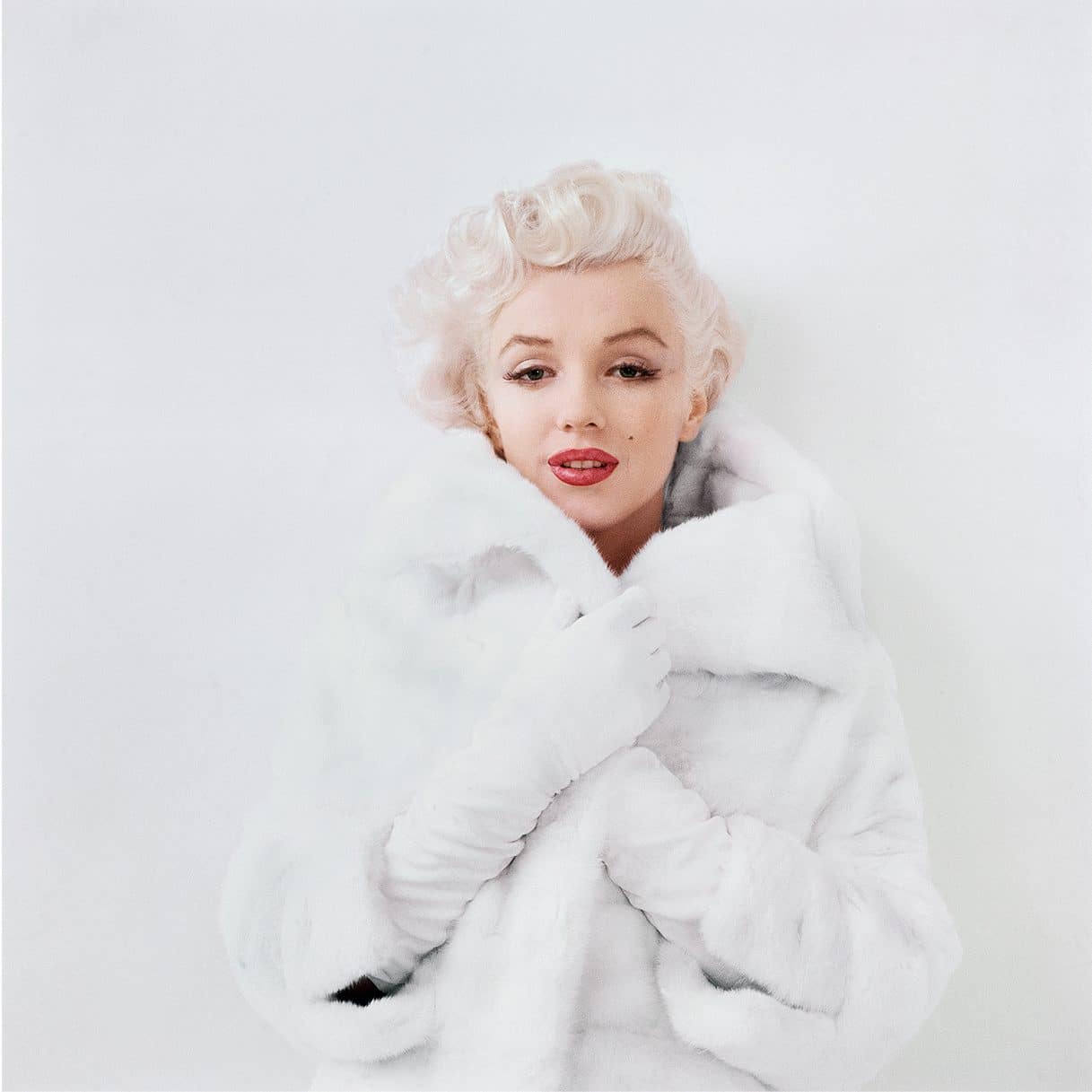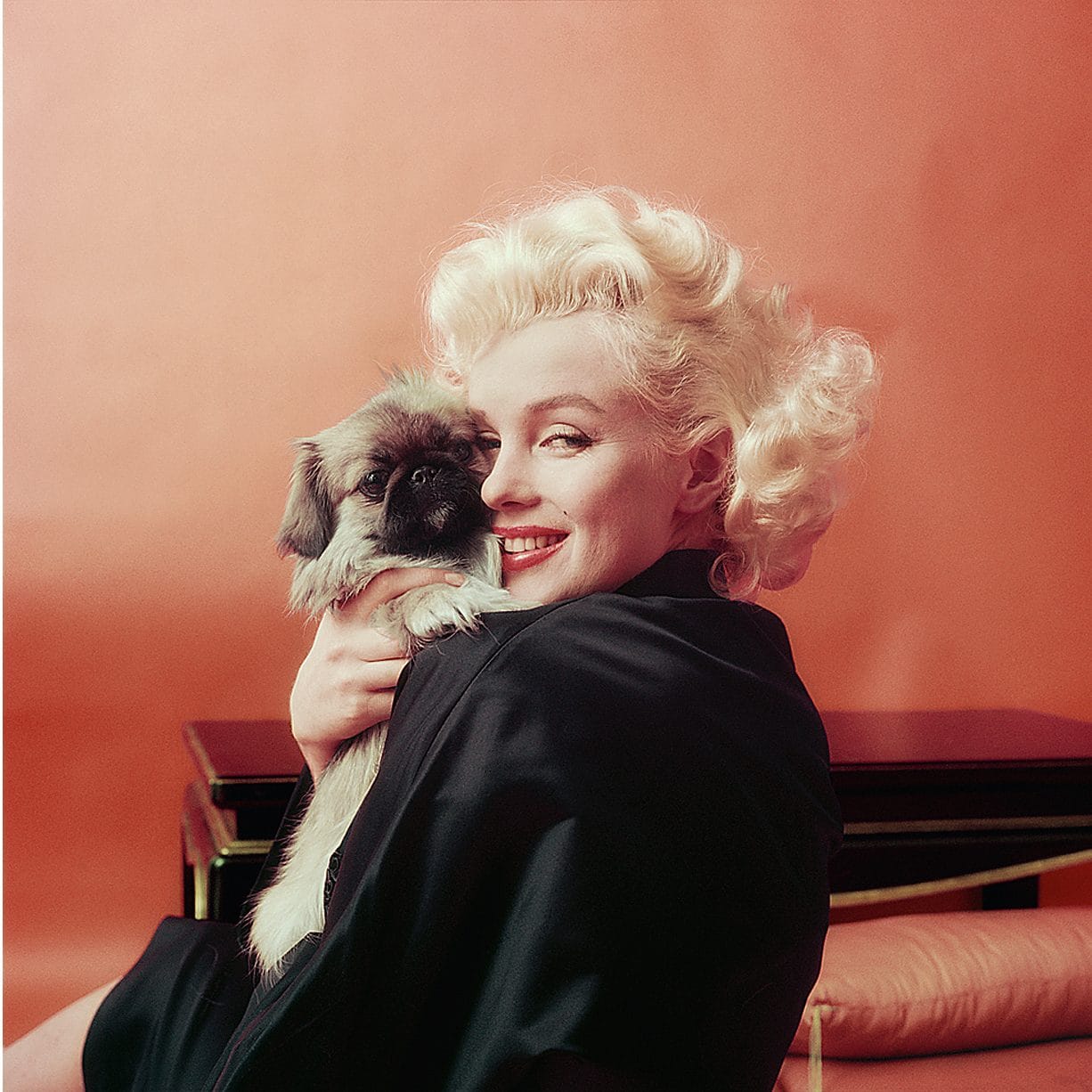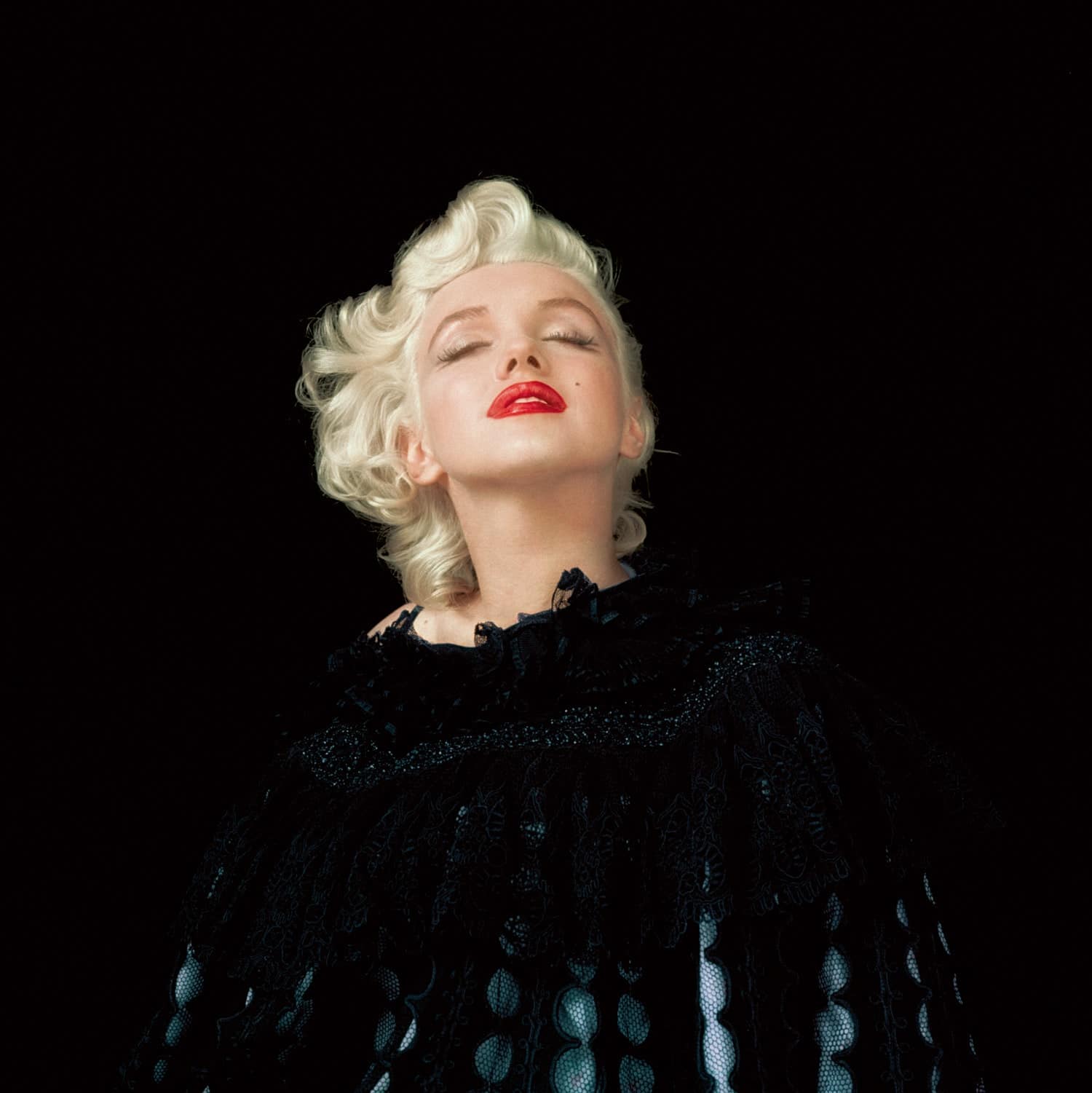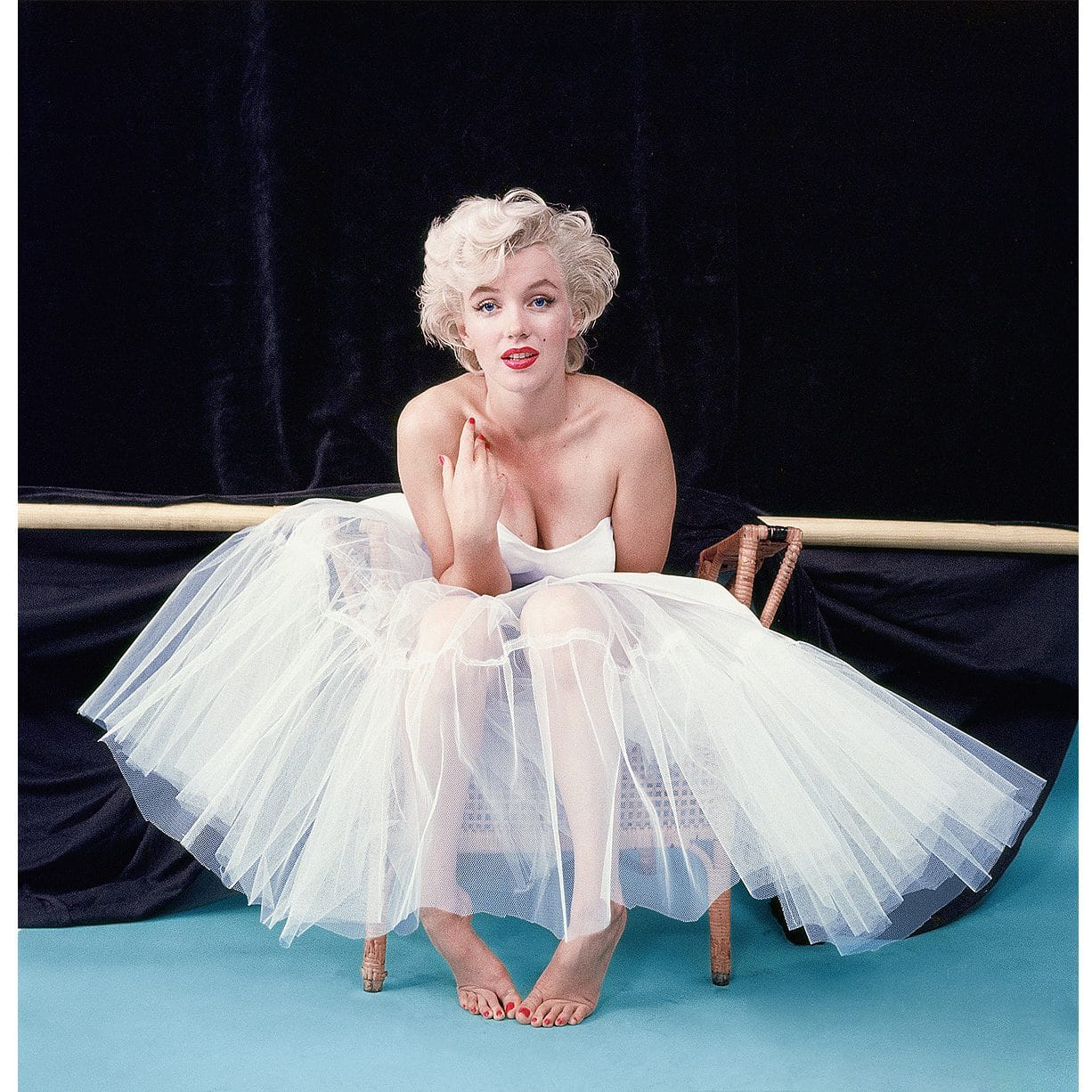Joshua, with your own photography, what subject matters are you drawn to?
I do love architecture, gardens and flowers, food, and people. Basically, I love following the light.
Can you tell us a little bit about your company, The Archives, a company committed to the restoration and preservation of photography, and what services it offers?
There are three different legs to the stool primarily; one is the restoration and the services of printing and digital imaging, the other one is going in and working with a family or owner of a collection, and planning how to use those images to generate revenue or satisfying whatever need the owner has, whether it’s for a museum or for a book. Basically it’s working with a family or a photographer or their estate. The other leg of the stool is commercial licensing and commercial return.
The Essential Marilyn Monroe: Milton H. Greene, 50 Sessions, has been a real labour of love for you. When you embarked on this journey, did you have any idea how long it would take to complete?
When I did Milton’s Marilyn in 1994, I learned a lot, and how complicated it was to work with a writer, and then doing the digital imaging. The colour is so inconsistent and the printing was horrible and having to deal with a publisher was challenging. Even though I was glad that I did the book and the world was happy to see the first round of images that have never been seen before, it was a difficult experience, as much as I like it, and the book did very well. Within five to ten years of that book, 1994 to 2004, many of the Marilyn fans and people who follow the body of Milton’s work, had two primary requests: please do a book about Milton and his body of work, not just Marilyn, and the other one was: when are we going to see more of the unseen, unpublished pictures of Marilyn, which is where the focus for The Essential Marilyn Monroe came from. The original selection was five or six years ago; I said alright let’s sit down and look at the 1000 images or so and see what we are going to work on.
What personal qualities do you think helped your father become such a great photographer?
Milton was a photographer’s photographer. He was put on the planet to be what he was. That was his calling and what it really boils down to is that you could ask him to photograph anything and in his own way, with his own eye, he would find a way to do it so that it would come across and touch you in a way that you see: my god it’s great or it’s funny or it’s wonderful. He wasn’t a reportage photographer, he wasn’t a war photographer, he was like a gifted child with an eye. He was willing to go that extra distance which any good photographer knows that you have to go, especially when you photograph people. You have to be willing to be intimate, vulnerable and sensitive with your subject, and you have to gain that trust. That’s what makes the subject come alive, that’s what makes the subject relax, that’s what makes the subject be endearing to you. That’s why all his subjects became personal friends.
Why do you think that your father and Marilyn had such a special working relationship; did they share any similar interests or the same aesthetic, tastes in art, music, literature or photography?
In one sense they shared an us against the world, people don’t understand us as well as we understand each other mentality. There was also the sense that the two of them came together at a time that they could both benefit from each others participation and involvement in their careers. They built on that. Milton obviously liked and respected Marilyn as a muse and a subject matter because she was so good in front of the camera. And Milton wasn’t the only photographer who took beautiful pictures of Marilyn. But if you paired Marilyn up with a photographer she truly respected and enjoyed, the amazing becomes even more amazing. They were kids in a sandbox and the world was giving them everything they wanted. It was effortless in that sense; opportunity came all the time and they were both open to that. It was a very happy period in both of their lives.
Given the level of Milton’s detailed creative input on films such as Bus Stop and The Prince and the Showgirl in terms of the lighting, costume, make up choices etc, did Milton have a desire to be a director of feature films?
Yes, that’s why he started Marilyn Monroe Productions. He wanted to be a producer, but ultimately he wanted to be a director. Marilyn wanted her own script approval, and wanted to have control of her own career. Milton decided that she was worthy of that task, and so he went out to battle for her and to give her that comfort level, and he in return, wanted to pursue production and directing feature films. That’s exactly why it all happened.
What are your memories of visiting your fathers studio on Lexington Avenue in New York? It must have been such an exciting place to be during this period in time.
The years that Marilyn was involved in my family’s life, I was very young, I was between one and three and a half years-old, so those memories are of about being at home and being a kid. But as I grew up, going to the studio as early as five years-old, I was always around my dad, and he was my best friend as I grew up. We were very close throughout all of my life, my childhood and adolescent years. So yes, I do remember going to the studio and later I was his assistant, I worked in the dark room. He was my mentor and I was his apprentice.
Do you have a favourite sitting of Marilyn’s, and what is your personal favourite from your father’s work?
The Cecil Beaton series is brilliant. There’s a sitting, Gordon Parks photographed Marilyn once for Life Magazine, and it’s a charming series where she is wearing a black turtle neck. But you see his reportage eye coming though and the portraits that he did are quite moving in my opinion, very revealing in a non-Marilyn way. I like those pictures very much also. From my dad’s sittings, from a photographic point of view, the Black Sitting is extraordinary. That was something that was really a breakthrough for both of them. But there are pictures that I love particularly, such as Marilyn and the Gold Cup from the Bed Sitting.
Did your father have a favourite photograph which he had taken of Marilyn?
He did like the Black Sitting as well because for him it was pivotal breakthrough for his photography. The Peasant Sitting was always one of his favourites, it is also one of mine. I love the pictures, particularly of Marilyn on the steps in the doorway, they were so hard to repair as they were in such bad condition. They were so funny, those pictures of Marilyn drinking a bottle of wine…let’s show everyone the real Marilyn!
What was Milton’s process? Did he tend to work very quickly and instinctively or was he a meticulous planner?
A combination of two things. As a photographer for a client and knowing that he was going to do a sitting or a shoot, of course he would go through everything and be prepared, and the whole purpose of him being prepared – he doesn’t want to have to be distracted by technical issues or problems with the lighting or the situation – he wants to get it right, so he would plan that and have things ready for whatever he was going to do for the client. Now in the case of a lot of the Monroe stuff, he’s working in a studio, he knows what he’s got figured out, he’s got it planned. Then in terms of going on location, its more about following the light and figuring out what’s the best place and where looks best aesthetically because that was his gift. He was always looking to make sure to shoot in the best light and the best angles.
Milton’s father was a tailor so he was brought up learning to see how fabric drapes, how clothes should fit on a person. His eye was also about silhouette, about the line, about the neckline and about the light. So as Marilyn’s partner, he was always responsible, he felt responsible to make sure aesthetically that she was always protected. Whether it was the lighting with the camera, or the composition, and working on the sets for Bus Stop and The Prince and the Showgirl it was all about the lights, the make up, the hair, he was into it all. So that was all part of what needed to happen in his mind. Three of his favourite backdrops were black, red and chocolate brown velvet. He never photographed Marilyn on red velvet because of the Tom Kelley series.
Did Milton have time for any hobbies/interests outside of photography which may have influenced his art?
He loved music, he loved jazz, going out to parties with close friends. He liked personal parties that were either at our home or other people’s homes. To him that was a great evening, to go out. He loved fishing, he loved to cook and he loved his family and being with us.
Do you still have any of Milton’s cameras and if so, do you use any?
He gave me all of his camera equipment and I do have one of his many Rolleiflex cameras which he used during the 1950s with Marilyn, but a lot of the Marilyn equipment was unfortunately stolen and sold off.
Has the pressure of nurturing such a photographic legacy ever become too much to handle at times?
I don’t think Milton or I expected me to take this career on in the way I have. All my life, he just wanted me to be happy, do my photography and do what I wanted. The last few years of his life where he would confide in me and tell me things that were disturbing in a sense that he was losing everything, and all the film had faded, and greedy people were coming into his life and trying to tear the family apart. Then it was a whole movie unto itself. The Marilyn legacy was a challenge and the first 10 years: 1985 – 1995 especially so. It took a lot to unravel it all and protect it all. The damage was already done by the time I took over because people had literally stolen hundreds of negative transparencies from Milton’s collection.
Coinciding with The Essential Marilyn Monroe book there have been a few photographic exhibitions. Are any scheduled to come to England?
We currently have an exhibition: The Real Marilyn at the Ransom Gallery in London with a larger exhibition planned for spring 2018. The recent exhibition in Oslo: Marilyn Unseen And In Bed, is a combination of Milton Greene and Douglas Kirkland together.
Do you think The Essential Marilyn is an example of how your father would have embraced the digital age today? Do you think he would have enjoyed working as a photographer with all the new technological advancements?
Yes. In my essay in the introduction of the book, that’s one of the things I stress. For years as a person who restores, the focus has always been trying to bring the film back to what it may have looked like in its original state when it was first processed. But the approach I took with this book, was now more of, if Milton was alive today knowing what he taught me in the dark room, knowing what he would do with his pictures in the dark room, with the master printer, what would he do to bring the image to where he liked it, to show to the world. And it was much more than how the film looked in the camera, it was getting it to the next level. So I took that approach on all of these images in the book, and I really did it with his eye in mind. If he was alive today working with the technology today, how would he approach things, and I think he would have taken it to where I took it. So he would be very pleased with what we have. Now there may be some people who don’t appreciate what we did or feel that its inappropriate to do that with film. When I first sat down and saw The Essential Marilyn Monroe, I had tears in my eyes and a smile on my face! Going on press was key because the last step along the way in printing a book is being on press. And I didn’t have the luxury of being on press for Milton’s Marilyn. But with this one, there was no way that I was doing the book without being there all the way. I told my partners from the beginning and they said they wouldn’t have it any other way.
Purchase a copy of The Essential Marilyn Monroe, Milton H. Greene: 50 Sessions, here
To find out more about The Archives, please visit: www.archive images.com
The Real Marilyn at Ransom Gallery, Carter Lane, London, runs to 11 November 2017. For further information, please visit: www.markransom.co.uk




